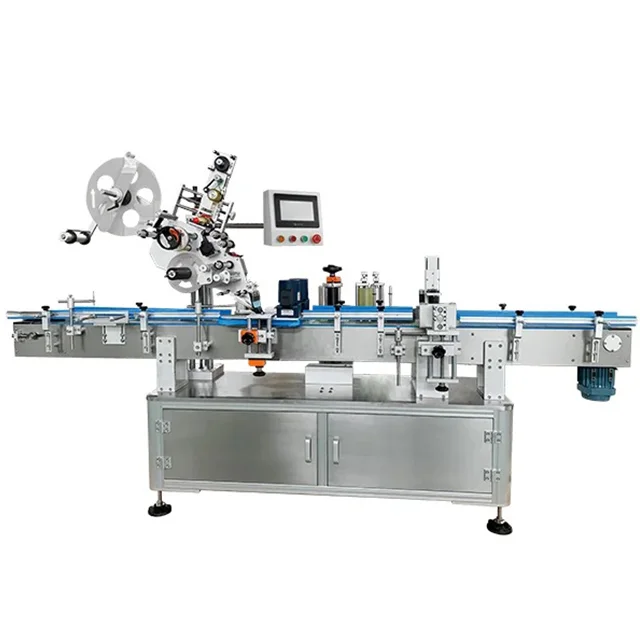When it comes to woodworking, the tools you choose can significantly impact the quality and efficiency of your projects. Among the most commonly debated tools in the workshop are the shaper and the router table. Both serve essential functions in shaping and finishing wood, but the question remains: Can a shaper do everything a router table can do? This article delves into the capabilities, advantages, and limitations of both tools, providing a detailed comparison to help woodworkers make informed decisions.
Understanding the Basics: Shapers and Router Tables
Before we dive into the comparison, it's crucial to understand what each tool is designed for.
Shaper: A shaper is a stationary machine that uses a single-point cutting tool to shape wood. It operates by moving the workpiece against a fixed cutter, allowing for precise cuts and profiles. Shapers are particularly known for their ability to create complex shapes, such as moldings and raised panels, with high accuracy.
Router Table: A router table, on the other hand, is a versatile tool that holds a router upside down, allowing the user to guide the workpiece over the spinning bit. This setup enables a wide range of operations, including edge profiling, dado cuts, and intricate designs. Router tables are favored for their flexibility and ease of use, making them a staple in many woodworking shops.
Capabilities: A Side-by-Side Comparison
- Precision and Detail
When it comes to precision, shapers have the upper hand. The fixed nature of the cutter allows for consistent depth and profile, making them ideal for detailed work. Shapers can handle larger workpieces and produce intricate designs with minimal effort. In contrast, while router tables can achieve high precision, they often require more setup and adjustment, especially for complex profiles.
- Versatility
Router tables are renowned for their versatility. They can accommodate a wide variety of router bits, enabling woodworkers to perform numerous tasks, from simple edge rounding to complex inlays. The ability to easily change bits and adjust settings makes router tables suitable for both beginners and seasoned professionals. Shapers, while capable of performing specific tasks exceptionally well, lack the same level of versatility. They are typically limited to specific cutter profiles and require more effort to change setups.
- Power and Speed
Shapers are generally more powerful than router tables, allowing them to handle denser materials and larger workpieces. The higher horsepower of shapers translates to faster cutting speeds, making them ideal for production environments where efficiency is key. Router tables, while powerful, may struggle with thicker or harder materials, leading to slower processing times.
- Ease of Use
Router tables are often considered more user-friendly, especially for those new to woodworking. The setup is straightforward, and the ability to see the workpiece as it moves over the bit can enhance control and safety. Shapers, however, can be more complex to operate, requiring a deeper understanding of the machine and its capabilities. This complexity can be a barrier for novice woodworkers.
Limitations: What Each Tool Lacks
While both tools have their strengths, they also come with limitations.
- Shaper Limitations: Shapers are typically more expensive and require more space in the workshop. Additionally, they are less portable than router tables, making them less suitable for mobile woodworking setups. The learning curve can also be steep for those unfamiliar with their operation.
- Router Table Limitations: Despite their versatility, router tables may not achieve the same level of precision as shapers for specific tasks. They can also be less powerful, which may limit their effectiveness on larger or denser materials. Furthermore, the risk of kickback is higher with router tables, necessitating careful handling and safety precautions.
Conclusion: The Best Tool for Your Needs
In conclusion, whether a shaper can do everything a router table can do depends largely on the specific tasks at hand and the woodworker's expertise. For intricate, high-precision work, a shaper is often the better choice. However, for versatility and ease of use, a router table is hard to beat.


More Stories
How to Choose the Right Canned Food Labeling Machine for Your Production Line
Kaisen: Leading Cyclone Separator Manufacturer Offers High Efficiency at Affordable Prices
Official Statement Regarding Recent Copyright Infringement